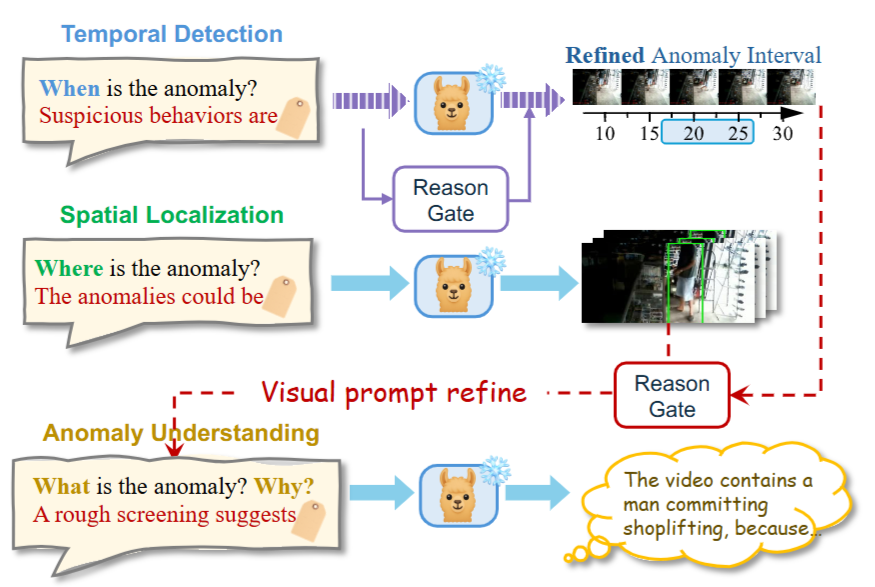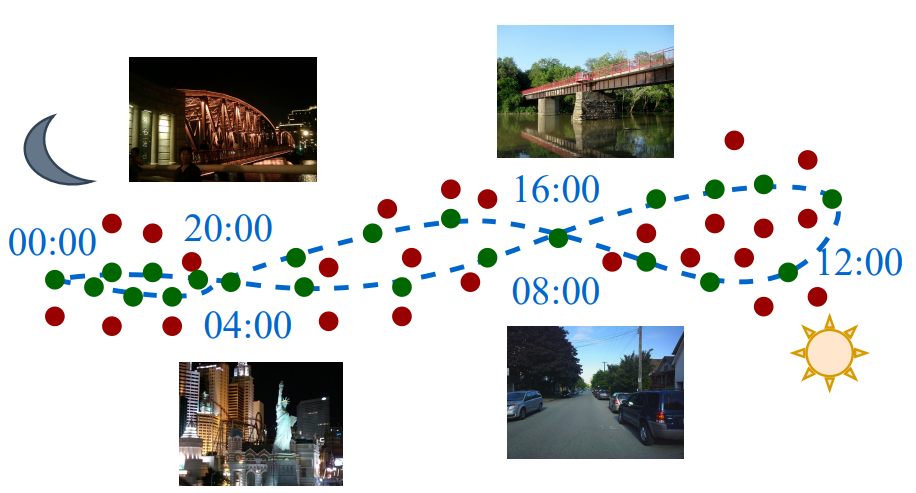🏄♀️ About Me
- I am a software engineer at Allsee Technology, with part-time Research Assistantship at University of Birmingham under the supervision of Prof. Jianbo Jiao.
- I am also fortunate to be collaborating with Prof. Yunchao Wei on current research projects.
- Previously, I was an MEng ECE@UIUC and a BSc ICS @UoL&XJTLU.
- During my undergraduate studies, I had the privilege of being supervised by Dr. Erick Purwanto and Prof. Jie Zhang.
力強い竹の下には、さらに力強い根が張り巡らされている。
Beneath the sturdy bamboo, even sturdier roots spread out.
From:『東方永夜抄 ~ Imperishable Night.』~ Stage 4
📖 Education
- 2023.08 - 2024.12,
 MEng in Electrical and Computer Engineering, University of Illinois, Urbana-Champaign
MEng in Electrical and Computer Engineering, University of Illinois, Urbana-Champaign
- 2019.09 - 2023.07,
 BSc (Hons) in Information and Computing Science, University of Liverpool & XJTLU.
BSc (Hons) in Information and Computing Science, University of Liverpool & XJTLU.
📝 Selected Publications
NeurIPS 2025

A Unified Reasoning Framework for Holistic Zero-Shot Video Anomaly Analysis, Dongheng Lin, Mengxue Qu, Kunyang Han, Jianbo Jiao, Xiaojie Jin, Yunchao Wei†
- A new zero-shot method for structured Video Anomaly Detection/Localisation/Understanding.
- Intra-task Reasoning (IntraTR) improves task-specific performance via extracting priors for anomaly contexts.
- Inter-task Chaining (InterTC) builds Chain-of-Thoughts to unify capabilities on different sub-tasks in Video Anomaly Analysis.
TMLR 2025

What Time Tells Us? An Explorative Study of Time Awareness Learned from Static Images, Dongheng Lin*, Han Hu*, Jianbo Jiao†
- A new paradigm to learn visual cues for timestamps leading to time-aware understanding on random visual inputs.
- Built a new benchmark dataset with 130k samples paired with accurate time/geolocation metadata.
- Tested the learned representations on various downstream tasks (Image Retrieval, Video Scene Recognition and Time-conditioned Image Editing).
🎪 Miscellaneous
-
A typical Otaku.
-
My favorite manga chapter: 臨海センチメント (Nostalgic Ocean Landscape).
-
Favorite Light Novel (Single Episode): 『続・終物語』
-
-
I also enjoy photography and music.

- FUJICHROME Velvia 100, taken at my hometown.
👥Social
My Erdős number is 4.
- Dongheng Lin → Jianbo Jiao → Ana I. L. Namburete → Israel Koren → Paul Erdős
A few friends of mine: Yiming Huang, Youheng Zhu, Jiawei (Kyle) Zhang, Zhiyuan Ma.
🔨Award & Services
- Awards
- NeurIPS 2025 Scholar Award: Financial Assistance to present at NeurIPS 2025.
- Services
- Invited Reviewer: CVPR, BMVC, IJCNN
- Software Engineer, Allsee Technologies Ltd
